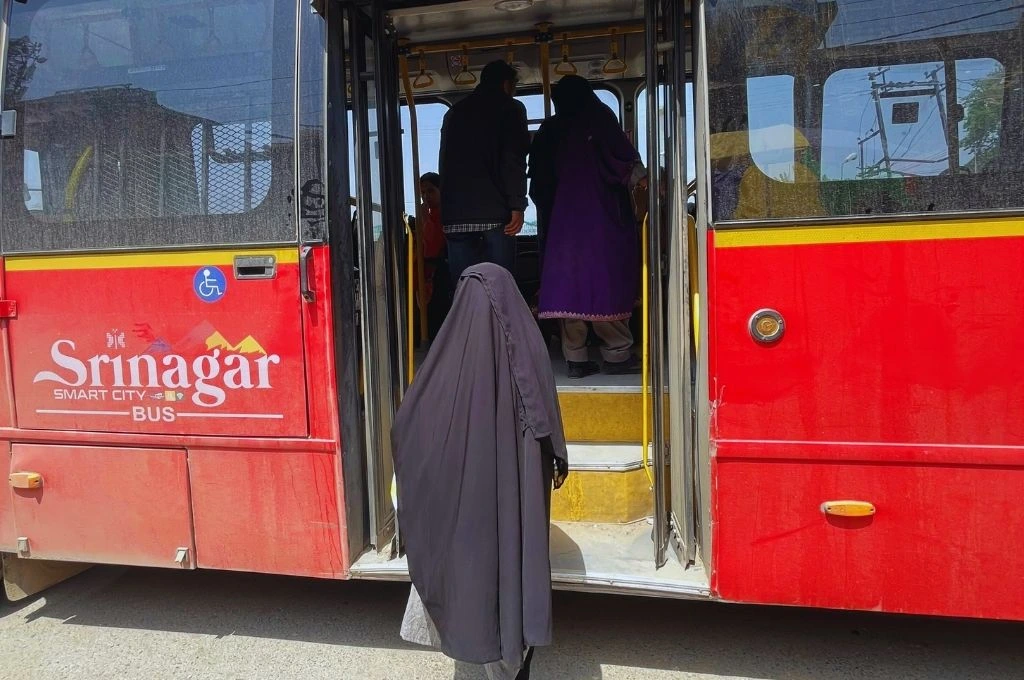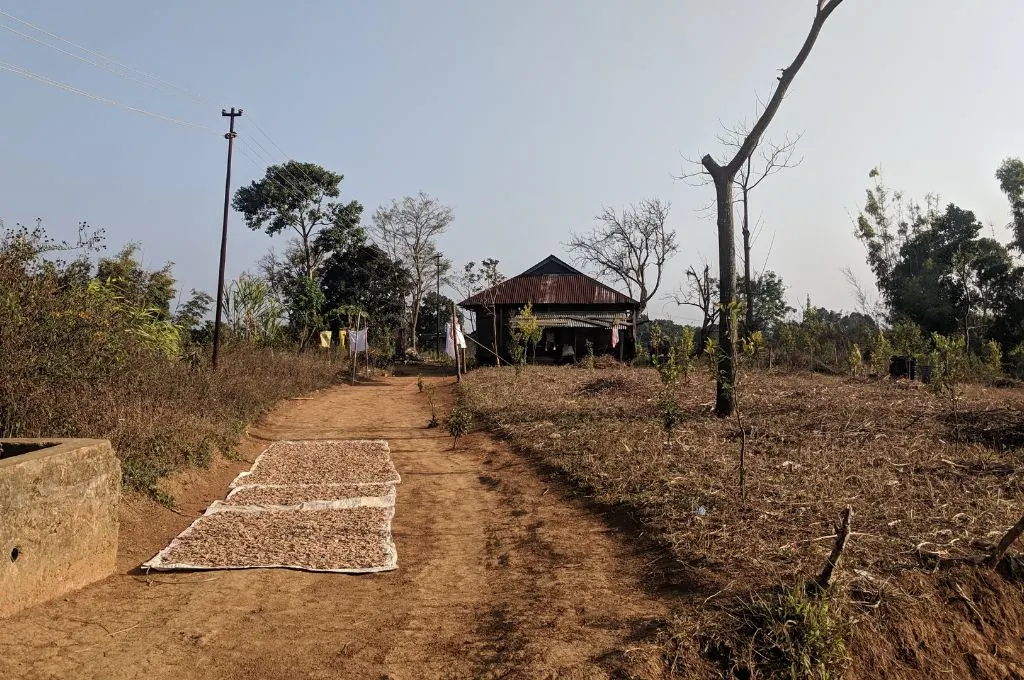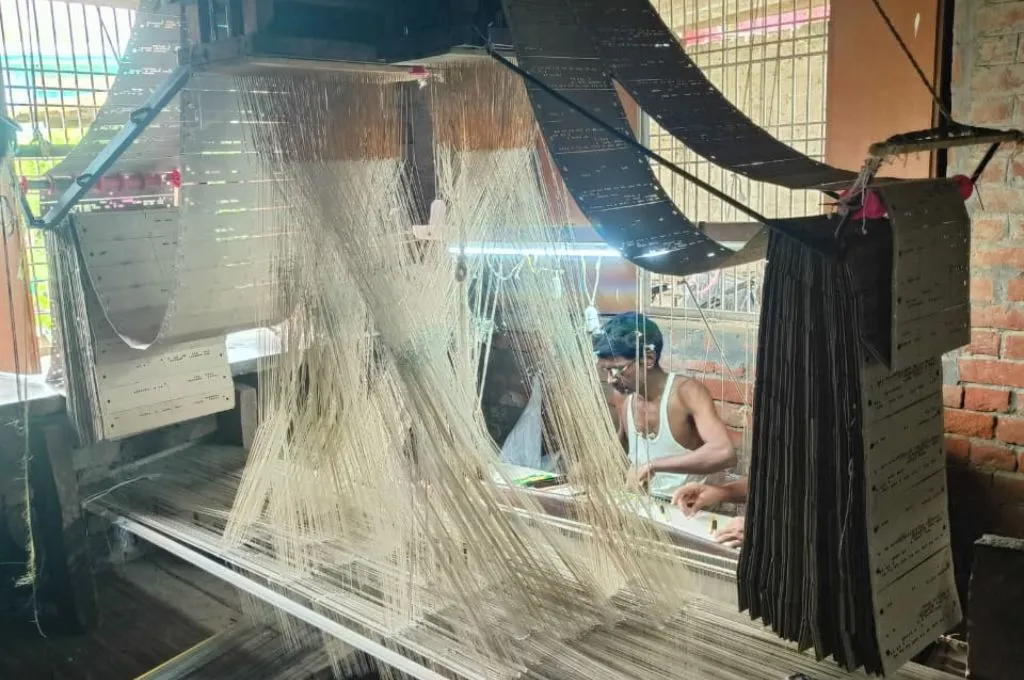A free travel scheme for women bypasses rural Kashmir

In April 2025, the Jammu and Kashmir (J&K) government launched a free bus service for women. The initiative, which is meant to ease daily travel for female college students and commuters, is applicable to smart city e-buses and J&K Road Transport Corporation (JKRTC) buses. While the scheme is meant to cover all parts of the union territory, the bus service is currently restricted to Srinagar and its adjoining areas, leaving out more remote and rural districts such as Kupwara, Baramulla, and Kulgam.
In some remote villages, only one bus operates, leaving in the morning and returning in the evening. Those who catch it can travel affordably, but those who miss it are forced to use private transport, which is more expensive. For women from rural areas who need to reach college, work, or a hospital, missing that single bus often means the loss of a whole day. The service is limited, and delays or breakdowns can leave passengers waiting by the roadside for hours.
Every morning, Bisma Rustum, a resident of Dahama village in Kupwara district, has to travel to Baramulla where she studies journalism at the Government Degree College for Boys. The distance from her village to the college is approximately 55 kilometres, and on a good day without traffic, the journey can take her a little more than an hour.

“I was spending around INR 250 every day just on travel. Public transport costs less, but I’d often get late,” she says. Eventually, the high travel costs pushed her to move into a hostel closer to her college. While that made it easier to attend classes, it came with its own issues. Every month, she has to manage hostel fees and the accompanying security deposit, mess charges, and other expenses. “If transport had been free, I could’ve saved that money and invested it in building my career,” said Bisma. Her aspiration is to be a journalist, and she says that if Kupwara also had free transport, she could have started freelance reporting by now.
Azrah Hamid, a final semester student of disaster management at the University of Kashmir, echoes this need. Azrah travels approximately 75 kilometres every day from Kulgam to Srinagar for her classes. “Every time I have to leave for university, I wake up early to catch the 7 am JKRTC bus. If I miss that one bus, I end up spending more than INR 130 one way. It’s exhausting and expensive,” she shares. A few months ago, when a bus used to run from Ashmuji village in Kulgam, things were a bit easier. “But even that stopped,” Azrah shares.
“The subsidised transport scheme does not do much for the women who live in the upper belts of rural Kupwara,” says Rifat Misra Wani, a social worker from Kupwara. “Most of them come from underprivileged backgrounds or fall under the below poverty line (BPL) category. They already have very few resources.”
“We don’t get to enjoy any subsidised transport. In fact, our travel expenses are sometimes higher than our college fees,” says Ronaq Bashir, a second semester student from Handwara in Kupwara district. Pointing out the contrast with city life, she says, “In Srinagar, a woman can hop on to an e-bus even if she’s just stepping out to buy milk. That kind of ease doesn’t exist for us.”
—

Know more: Learn why Kashmiri farmers are choosing to grow vegetables over apples.
Do more: Connect with the author at shahkhursheed918@gmail.com to learn more about and support his work.




